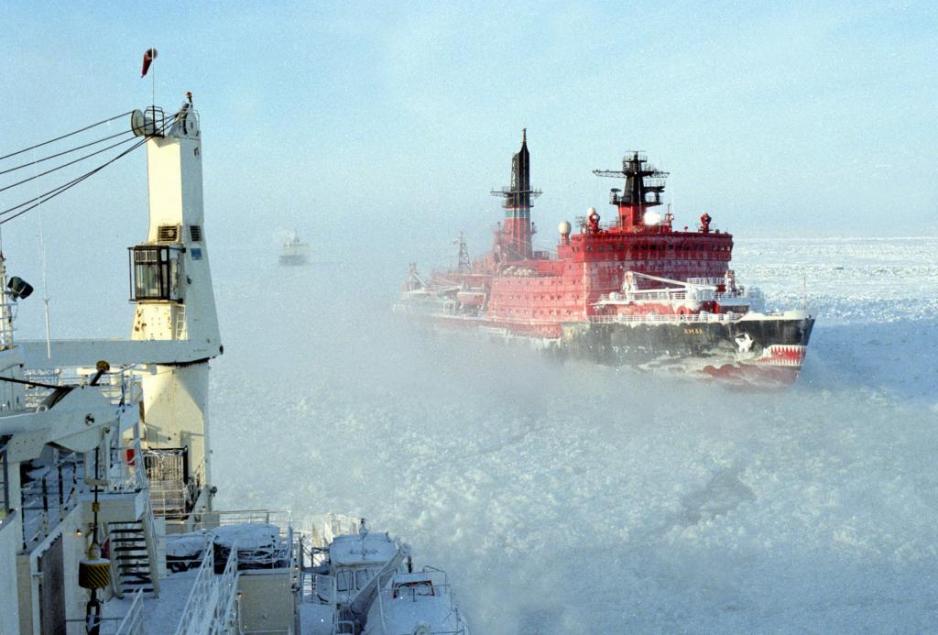New Russian Icebreakers Ready to Operate from 2017

The next-generation nuclear-powered Russian icebreakers - recently named “Arctic”, “Sibieria” and “Ural” - is scheduled to be put in operation in 2017-2021.
- We need to put the first LK-60Ya model universal nuclear icebreaker into operation no later than the end of 2017. The second icebreaker is expected to arrive from the shipyard in late 2019 - early 2020, and the third one – late 2020 - early 2021, says Rosatomflot Director General Vyacheslav Ruksha.
According to Ruksha the three new icebreakers are able to navigate through ice up to almost three meters thick, reports the Russian news agency Ria Novosti.
Largest of its kind
The first LK-60 nuclear icebreaker is the largest of its kind, and it is being constructed at the Baltiysky Zavod shipyard, which is one of the oldest shipyards in Russia. It is located in St.Petersburg in the south-western part of Vasilievsky Island.
The contract is valued at 37 billion rubles (over 1 billion U.S dollars).
Rosatomflot is a subsidiary of Russian state corporation Rosatom. The non-profit organization was established in 2007, and is the regulatory body of the Russian nuclear complex. It is headquartered in Moscow.
According to Rosatom’s webpage their mission is to maintain national interests in defence, nuclear safety and nuclear power by achieving global leadership in advanced technologies, competencies and innovations.
Various duties
Among the main duties performed by Rosatomflot are piloting and towing vessels, and transporting cargo safely out of ports near Russia’s Arctic coastline. Rosatomflot is also conducting rescue operations on ice, and carrying out research programs.
Today there are totally three active shipyards in St.Petersburg.
Together with the Admiralty Shipyard, Baltiysky Zavod Shipyard has been responsible for building a large part of Imperial Russian battleships as well as Soviet nuclear-powered icebreakers.
According to Wikipedia Baltiysky Zavod Shipyard is currently specializing in merchant ships, while the Admiralty yard specializes in diesel-electric submarines.
